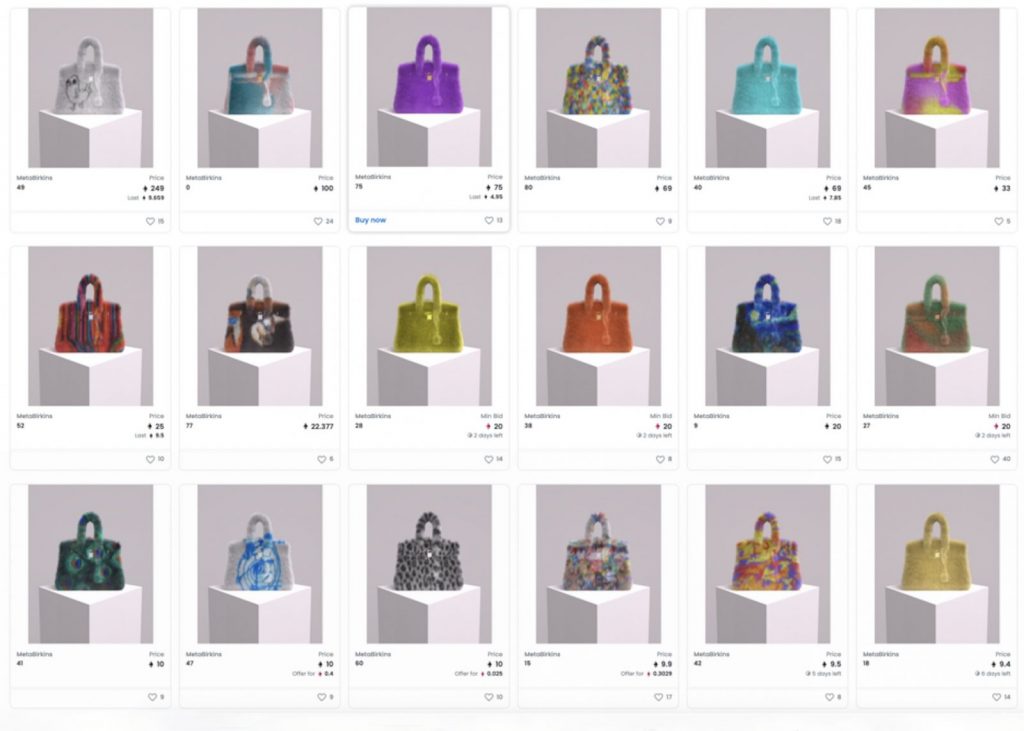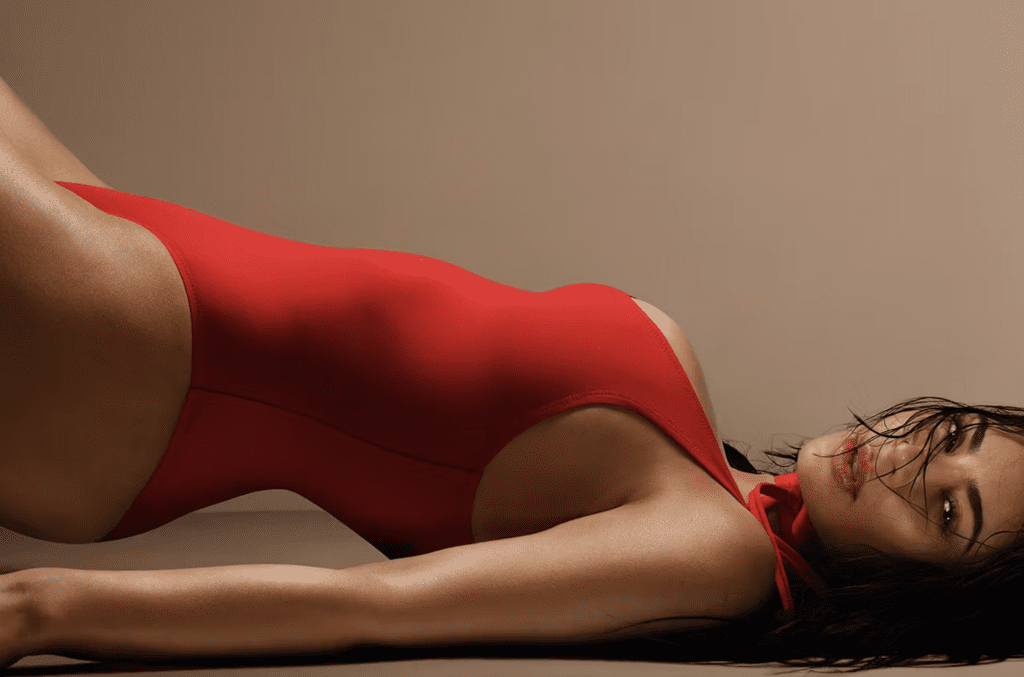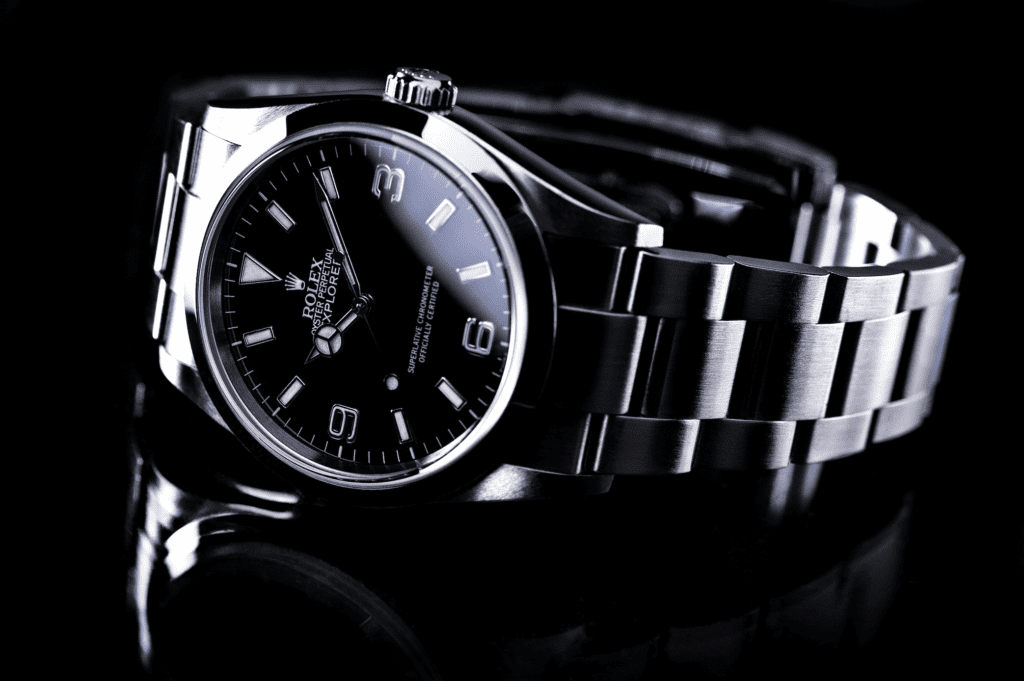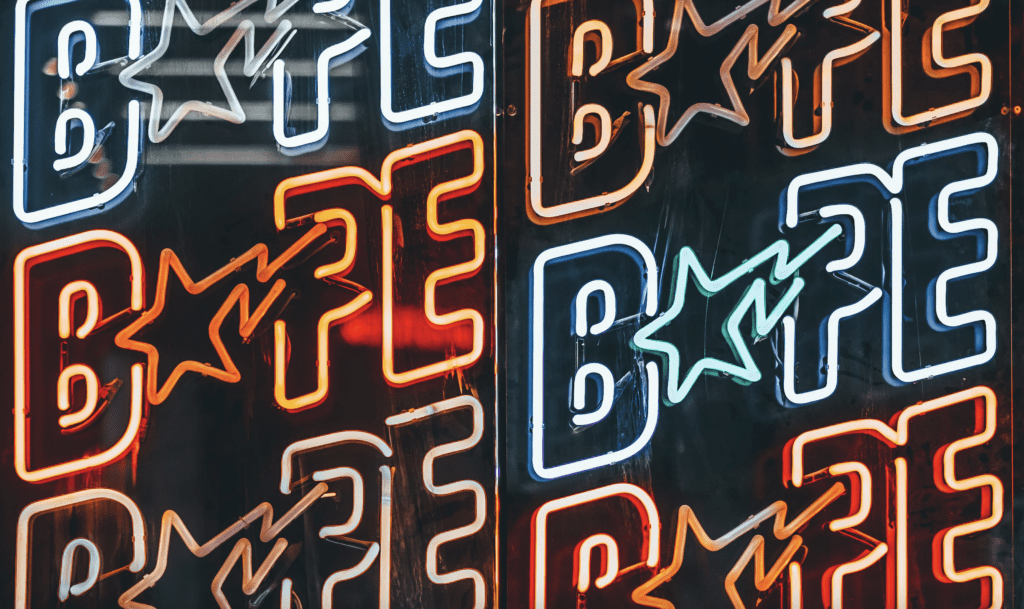Hermès and Mason Rothschild are clashing in a back-and-forth over the breadth of the injunction that blocks the MetaBirkins creator from further infringing Hermès’ Birkin-centric trademark rights. On the heels of a favorable jury verdict for Hermès in February 2023 and the U.S. District Court for the Southern District of New York subsequently issuing a permanent injunction to block Rothschild from engaging in an array of activities involving the MetaBirkins marks and NFTs, the two parties are at odds again over just how far the injunction extends. In particular, counsel for Rothschild is seeking clarification about whether the injunction would prohibit Rothschild from permitting a Swedish museum to display the MetaBirkins artworks in an upcoming Andy Warhol and Business Art exhibition.
In a letter to SDNY Judge Jed Rakoff on January 26, counsel for Rothschild seeks guidance from the court about the bounds of the permanent injunction amid a pending appeal to the U.S. Court of Appeals for the Second Circuit. In particular, the June 2023 injunction bars Rothschild from making, advertising, and issuing the “MetaBirkins” NFTs and related merch; doing anything to lead the public to believe that any “MetaBirkins” NFTs or related merch are associated with Hermès; using the infringing “MetaBirkins” trademark to advertise and/or sell MetaBirkins NFTs or related merch; and registering or using any domain names or social media handles that incorporate the “MetaBirkins” mark, among other things.
Violation of the MetaBirkins Injunction?
According to Rothschild’s counsel, clarification from the court about the extent of the injunction is necessary, as the Spritmuseum in Stockholm, Sweden contacted Rothschild in order to display the MetaBirkins artworks in an exhibition curated by Dr. Blake Gopnik, who, interestingly enough, was slated to be an expert witness on Rothschild’s behalf at trial. (The court ultimately blocked Gopnik from testifying.) More importantly, though, Rothschild’s representatives state that they need clarification from the court because Hermès is unwilling to confirm whether it “contends that Mr. Rothschild giving his permission to the museum … would be a violation of the injunction.” And they would like to avoid “the possibility of needless and wasteful collateral litigation” from Hermès in the event that the MetaBirkins works appear in the museum show.
Rothschild’s counsel claims in its letter that they reached out to Hermès in December to inquire about the company’s position. Counsel for Rothschild notes that they “did so out of an abundance of caution, given Hermès’ scorched-earth approach to this case, not because we believed there was any reasonable way that the [injunction] can be read to prohibit Rothschild from giving his permission to a museum to display MetaBirkins artworks in an exhibition alongside other artworks.”
In a response to Rothschild’s counsel, Hermès refused to provide a position on what it called a “vague” request from Rothschild’s legal team regarding the museum show. What counsel for the Birkin bag-maker did do was set out an array of questions for Rothchild, including (but not limited to): “Will the term “MetaBirkin” be used (and if not, will a term similar to ‘MetaBirkin’ be used)? How will the item on display be described? What be the other accompanying text? What was Gopnik’s role – is this just a vehicle for him to continue to promote the sale of MetaBirkins NFTs? What will the display look like? What else will be included in the exhibit? How will the exhibit be publicized?”
Additionally, and in a nod to its view on the matter, counsel for Hermès asserted in a subsequent email to Rothschild’s legal team that “if this is to go forward, then Hermès does not consent,” and stated that Rothschild “would be gearing up for another dispute” in the event that the MetaBirkins works appear in the show.
Abitron, Trademark Use & The First Amendment
In the January 26 letter to Judge Rakoff, Rothschild’s legal team makes its position on the matter clear, stating, “We do not read the [injunction] in this case to prohibit Mr. Rothschild from granting permission” to the museum to display the MetaBirkins works. “In doing so, Rothschild is not ‘[m]anufacturing, minting, issuing, producing, distributing, circulating, selling, marketing, offering for sale, advertising, promoting, renting, or otherwise disposing’ of the MetaBirkins NFTs [in violation of the injunction]. Nor would he be collecting any royalties or other payment.” Instead, Rothschild, “as the copyright owner [of the MetaBirkins artwork], would simply be giving the Museum permission to make a public display of artwork that already is publicly available on the Internet.”
Counsel for Rothschild continues on to state that “interpreting the [injunction] to prohibit Rothschild from giving permission for the public display of MetaBirkins artworks in the Museum would be inconsistent both with trademark law and with the First Amendment.” On the trademark front, they point to the Supreme Court’s 2023 decision in Abitron Austria GmbH v. Hectronic Int’l, Inc., in which the court “made clear … that the Lanham Act does not reach conduct occurring outside the U.S.” With this decision in mind, the injunction, “insofar as it is based on findings of violation of the Lanham Act, cannot apply extraterritorially either,” they assert.
Even if the injunction were to extend beyond the U.S., Rothschild’s counsel argues that “it would not reach the Museum’s public display of the MetaBirkins artworks” because that display would “not involve a ‘use in commerce’ – which … is the type of conduct that the Lanham Act regulates.” The issue here, according to Rothschild, is that “display in an art museum is not ‘trade,’ [since] there is no commercial transaction proposed or attached to the MetaBirkins artworks in such context,” and beyond that, the Museum’s display of the MetaBirkins artworks, along with explanatory text about them, does not “constitute a trademark use of the ‘Birkin’ mark.” They contend that “the source of the MetaBirkins artworks will be identified as Mr. Rothschild, not Hermès [and] the MetaBirkins artwork will not be for sale, or promoted for sale, in connection with the exhibit or in any other way.”
Against this background, counsel for Rothschild argues that “the Museum display will not create any substantial risk of confusion among relevant consumers, which, again, is a necessary predicate for Lanham Act liability.”
Finally, Rothschild’s counsel maintains that he “has a strong First Amendment interest in authorizing the public display of his MetaBirkins artworks, and, in particular, in public discussion of his artwork and the legal dispute connected to it.” As such, “Interpreting the [injunction] to restrain Mr. Rothschild from authorizing the Museum’s display of MetaBirkins artworks would be a restraint on speech that is not justified by the protection of any cognizable trademark interest under U.S. law.”
If this all sounds familiar … it may be because MSCHF made a similar argument in response to the preliminary injunction issued against it in the ongoing Vans-initiated Wavey Baby case. In that case, the U.S. District Court for the Eastern District of New York enjoined MSCHF from promoting its Wavy Baby sneakers by displaying them on its website, on its mobile app, and in art exhibitions, an order that was subsequently upheld by the Second Circuit in December. Among other things, MSCHF argued on appeal that the “unconstitutional” injunction prevented it from displaying the allegedly infringing Wavy Baby sneakers in art museums and galleries, thereby, “uniquely impact[ing] [MSCHF’s] speech and do[ing] nothing to prevent any harm, let alone irreparable harm, to Vans (especially given that images of Wavy Baby already proliferate on the Internet and in [MSCHF collaborator Tyga’s] Freaky Deaky music video).”
A panel for the Second Circuit was not persuaded by MSCHF’s argument, finding that the Wavy Baby “does create a likelihood of consumer confusion, and the district court correctly concluded that Vans is likely to prevail on the merits.” As such, it further held that the lower court “did not exceed its discretion by enjoining MSCHF’s marketing and sale of the Wavy Baby.”
The case is Hermès International, et al. v. Mason Rothschild, 1:22-cv-00384 (SDNY).











